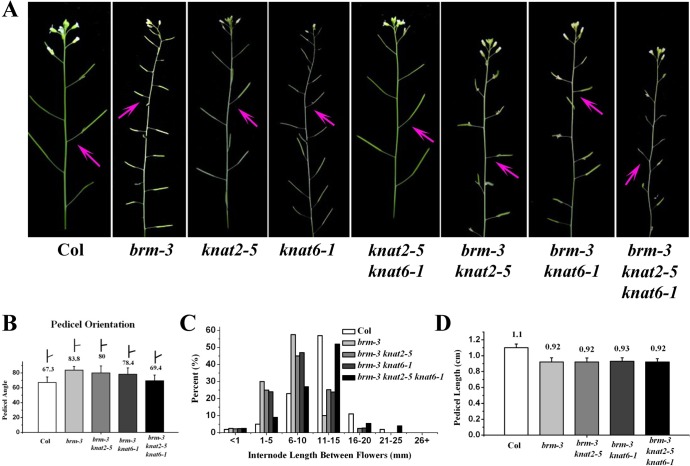Fig 9. Removal of KNAT2 and KNAT6 rescues the brm-3 phenotype in pedicel orientation and internode length.
(A) Phenotypes of brm-3, brm-3 knat2-5, brm-3 knat6-1, and brm-3 knat2-5 knat6-1 plants in pedicel orientation. The arrows indicate the typical pedicel orientation of the mutants. 35-day-old plants were used for phenotype observation. (B) Quantitative analysis of the pedicel orientation in Col, brm-3, brm-3 knat2-5, brm-3 knat6-1, and brm-3 knat2-5 knat6-1 plants. (C) Distribution of the internode length between two successive siliques. Ten internodes between the 1st and 11th siliques were analyzed. (D) Quantitative analysis of the pedicle length of mature siliques in 35-day-old Col, brm-3, brm-3 knat2-5, brm-3 knat6-1, and brm-3 knat2-5 knat6-1 plants.

